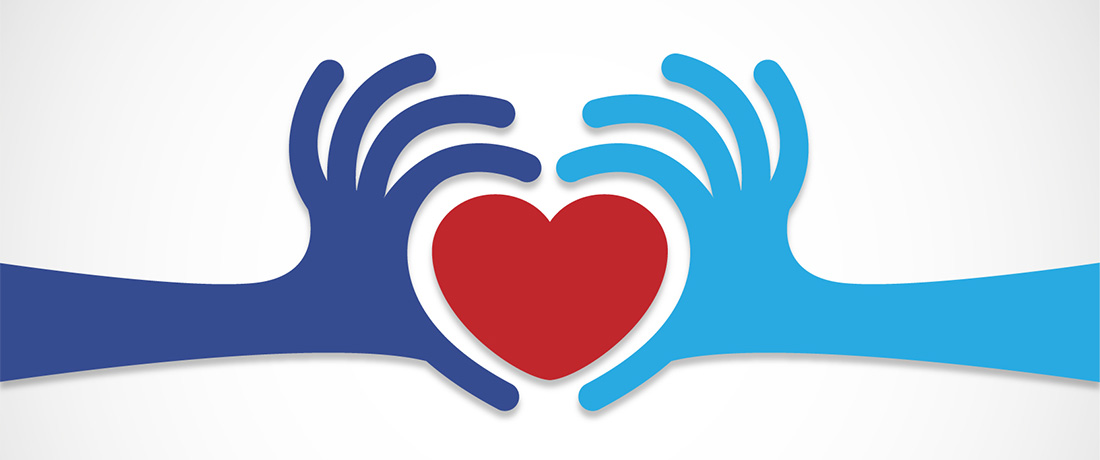Statements declare declarations that are actually made to change our ideas and also mindsets. In the situation of health, affirmations can easily help our company shape positive thinking of our body, mind as well as feelings. In this post, our company will definitely launch you to the subject matter of health statements, their significance as well as present 30 specific confirmations that you can apply in your life. You are going to also discover how to effectively develop and also perform wellness acceptances to ensure that they carry the assumed outcomes. If health is actually a concern for you, ensure to read this short article and uncover the power of health affirmation!
Why are wellness acceptances vital?
Wellness is actually the foundation of our lives, impacting the quality of every facet of it. The modern world contains stress and anxiety, tension and also problems that can affect our wellness as well as wellness In this particular context, favorable dealing with health becomes certainly not just pleasing, however also necessary. Health statements, as a resource for personal advancement, may become the secret to defining the best technique to health and also strengthening our incentive to take care of ourselves. In this portion of the post, our team are going to look at why health and wellness confirmations are therefore significant and also what perks they can bring in our lives.
The usefulness of believing positively concerning wellness
Favorable considering wellness is actually the crucial to keeping and also strengthening it. Our thoughts possess a straight result on our body and mind. When we presume favorably concerning our health, our body reacts to those notions, which can result in a far better state of mind, more power, and a general feeling of wellness.
 When we pay attention to wellness and also well-being, as opposed to condition or concerns, our mind begins looking for means to enhance our health and wellness. This can easily result in much healthier food items choices, additional exercise, or seeking support for sure ailments.
When we pay attention to wellness and also well-being, as opposed to condition or concerns, our mind begins looking for means to enhance our health and wellness. This can easily result in much healthier food items choices, additional exercise, or seeking support for sure ailments.
Believing efficiently regarding wellness can also impact our emotions. When our company really feel healthy and also excellent in our body, our team are actually more positive, pleased and also delighted with lifestyle.
That is why it is actually thus vital to form good thoughts about wellness, and health statements may be practical in this particular. The impact of statements on our method to wellness and also the means our team deal with health and wellness. Health confirmations serve as a tool to help our company improve our notions as well as ideas concerning health and wellness. They are a conscious option of words and ideas that our team would like to present right into our daily thought routine to make sure that they become our dominant ideas. When we frequently loyal wellness confirmations, we begin to internally take them. Our thoughts begins to accept them as honest truth, which triggers a change in our method and also perspectives in the direction of health. Instead of focusing on fears, concerns or damaging notions related to our health and wellness, our company begin to guide our interest to the favorable parts and also opportunities for enhancement.
